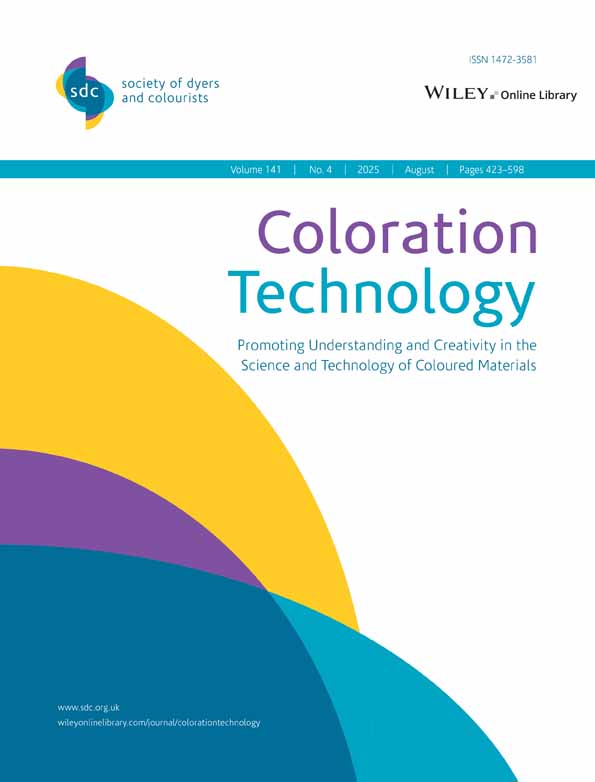Control factors in the electrochemical oxidation of reactive dyes
Abstract
Colour removal from textile wastewater containing reactive dyes can be achieved by using a small commercial electrochemical cell which was not specifically designed for this use. In this study, the decolorisation and electrical consumption are modelled. The results show that the electrolyte employed in the dyeing process is the main factor influencing the decolorisation of the wastewater. The flow and potential difference are also important factors controlling the electrochemical process. There are other variables such as pH and temperature that, within the intervals studied, do not have any effect on the results.




